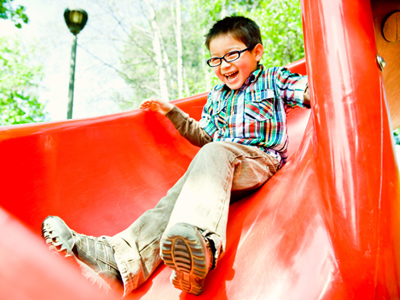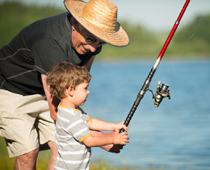
Ask the AI Tutor
Need help with Tense - Adding 'ing' and 'ed'? Ask our AI Tutor!
AI Tutor - Lucy
Connecting with Tutor...
Please wait while we establish connection

He is playing on the slide. To make this sentence past tense we would say, 'He played on the slide'.
Tense - Adding 'ing' and 'ed'
Learn how verbs change when we add ing and ed. Spot when to drop a letter, double a consonant, or keep it the same.
1 .
2 .
3 .
4 .
5 .
6 .
7 .
8 .
9 .
You can find more about this topic by visiting BBC Bitesize - What are past, present and future tense?
**Unlimited Quizzes Await You! 🚀**
Hey there, quiz champ! 🌟 You've already tackled today's free questions.
Ready for more?
Ready for more?
🔓 Unlock UNLIMITED Quizzes and challenge yourself every day. But that's
not all...
not all...
🔥 As a Subscriber you can join our thrilling "Daily Streak" against other
quizzers. Try to win a coveted spot on our Hall of Fame Page.
quizzers. Try to win a coveted spot on our Hall of Fame Page.
Don't miss out! Join us now and keep the fun rolling. 🎉
**Unlimited Quizzes Await You! 🚀**
Hey there, quiz champ! 🌟 You've already tackled today's free questions. Ready for more?
🔓 Unlock UNLIMITED Quizzes and challenge yourself every day. But that's not all...
🔥 As a Subscriber you can join our thrilling "Daily Streak" against other quizzers. Try to win a coveted spot on our Hall of Fame Page.
Don't miss out! Join us now and keep the fun rolling. 🎉
















